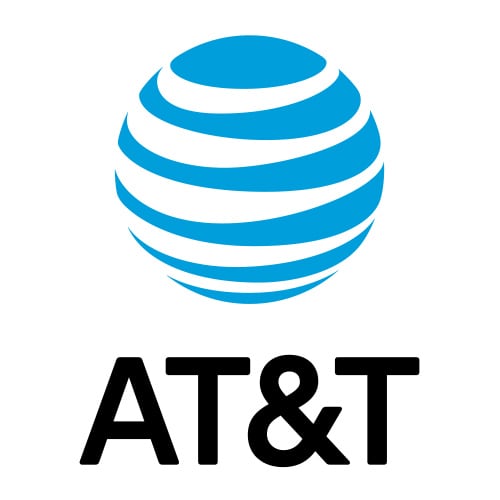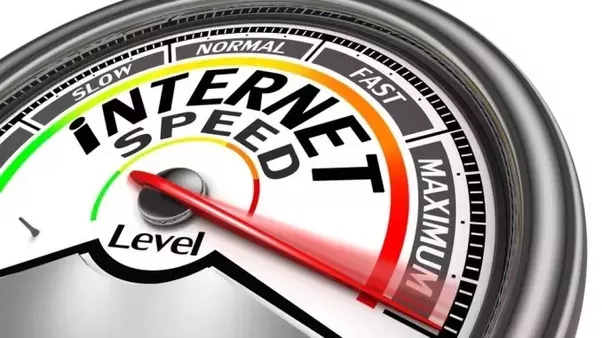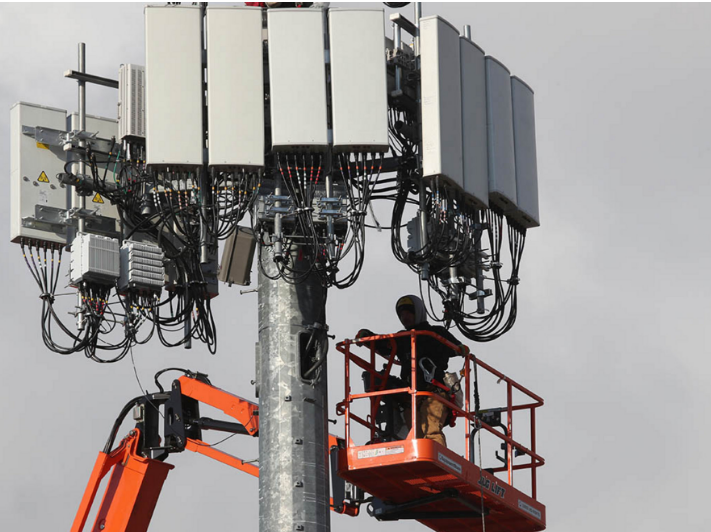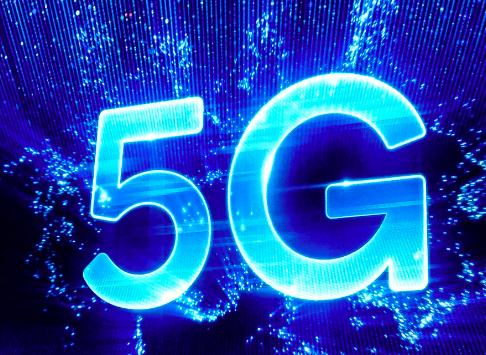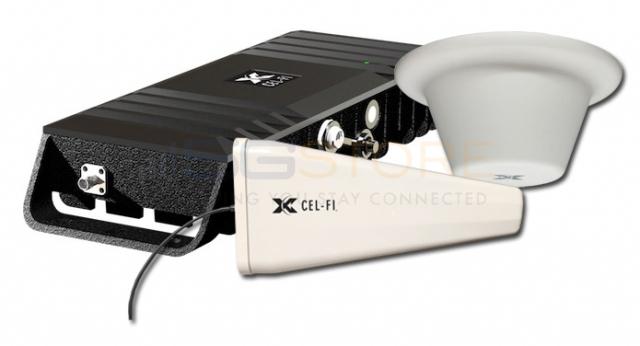
Nextivity, manufacturer of Cel-Fi cellular amplifier products, has announced that their Go and Quatra products will receive software updates to allow for 5G support as carriers upgrade their networks. The updates apply to the Cel-Fi Quatra, Go-X, and Go-M products in the US. Users of these amplifiers will not need to make any changes – the changes required to support 5G will be made over-the-air (OTA) via Cel-Fi WAVE, the software platform that manages Cel-Fi products.
“We launched our 4G products when the networks had around 30% coverage in our markets, which proved to be a good entry point for us. We were early enough to catch the 4G wave but not so early that our equipment had to wait for the networks to catch up,” says Werner Sievers, CEO of Nextivity. “The 5G ecosystem is still in its infancy. With few exceptions, most of the world is still trying to figure out how everything fits together – but when they do, we’ll be ready.”



